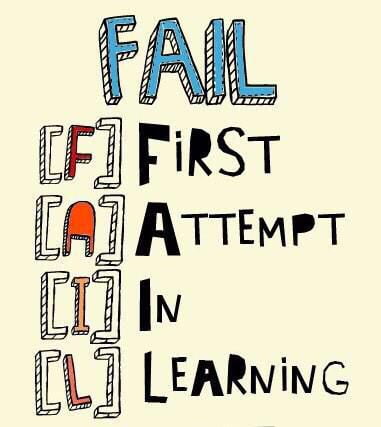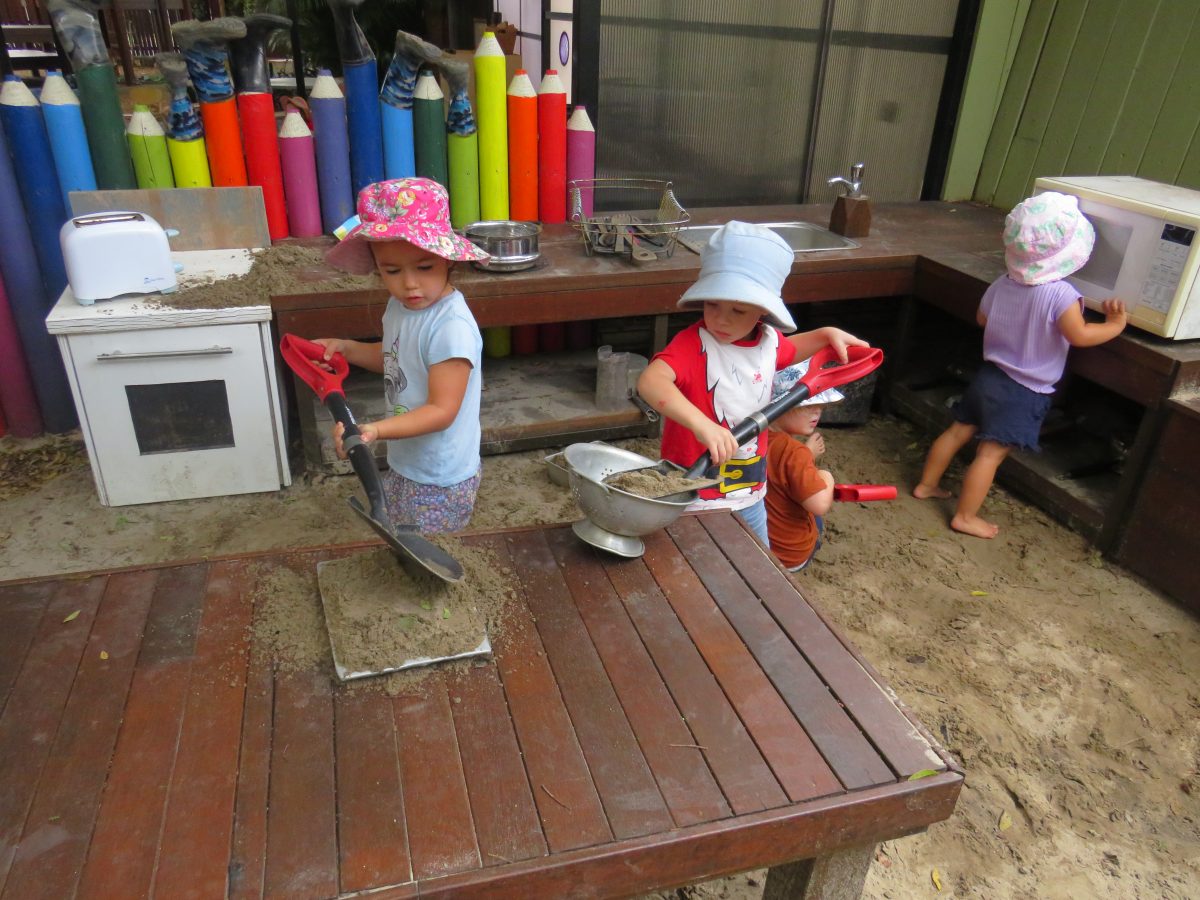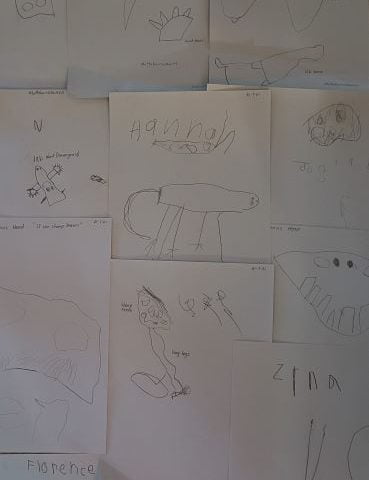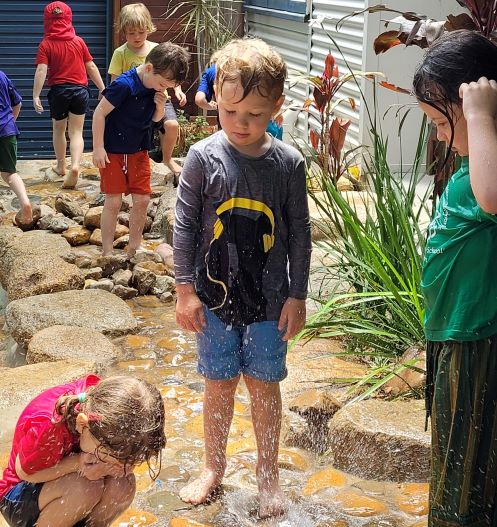
FAIL (First Attempt In Learning).
July 16, 2021
New beginnings!
February 17, 2022Why do some children love to draw? Why do others avoid it at all cost? I believe the answer to both questions is a combination of dispositions, skills and purpose. When looking at your own child, think about their strengths and challenges when considering these questions.
Dispositions: Is your child willing to try something new/have-a-go? Does he/she accept that some things take practice? Is he/she willing to persevere? If it doesn’t look right, will he/she give up or try again? Is he/she an independent decision maker? Does your child continually seek praise from you?
Skills: Does your child have access to drawing materials and blank paper? Does the drawing implement match his/her grip (fat crayons for a fist grip, triangle crayon when practicing tripod grip)? Can he/she draw from memory or looking at something? Can he/she find a starting point and break a drawing task into steps?
Purpose: Is the drawing personally meaningful? Is it relevant to their interest or current play idea?
When we can answer these questions we are more likely to have an understanding about a child and be more specific when choosing ways to support. For example, the child who is hesitant to have-a-go may be more motivated to try to draw food for the animals in the zoo or maybe drawing on a card for Grandma.
It is important to understand where children are at: their skill level, past experiences, confidence and motivation. Sometimes children don’t like to draw because they don’t think they can do it well enough or that it doesn’t come up to their image of how something should look. Often, time, practice and thinking about what they want to change next time, are needed for children to see that their drawings are becoming more to their liking. Even artists have to persevere and practise drawing every day!
Adult responses influence children’s willingness to try again. For some children we may suggest looking more closely at whatever they may be drawing or think about other details they could add. For others, whatever they put on paper is quite ok.
Ursula Kolbe who is an early childhood educator, artist and writer, explains in her book It’s not a bird yet why she doesn’t draw for children.
“When children ask me to draw, say, a fire-engine, I have no idea what sort of image they want. If I draw an object in an adult fashion, they can’t use this information to make their own drawings. If I draw in a simple cartoon-like manner, I’d be giving them a formula. This is likely to set them up for failure because it’s difficult to remember a formula invented by another.”
Food for thought isn’t it!





